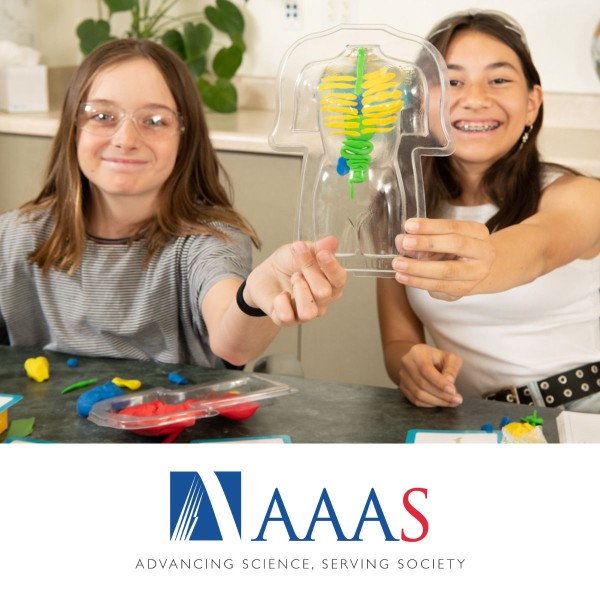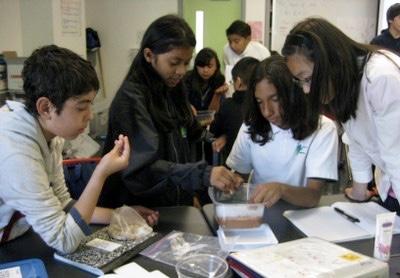
All-Green, All-Gateways
EdReports found Issues and Science to fully meet expectations, earning all-green for standards alignment and usability in Gateways 1-3. Read more.
Issues and Science brings middle school science to life by centering units around a real-world problem, encouraging students to explore concepts through hands-on labs and investigations. Fosters curiosity and creativity, it enables students to make meaningful connections with their learning, peers, and the world.

Real-world problems support student engagement
A recent article in AAAS ARISE highlights how real-world issues in science class boosts student engagement and deepens learning. By centering instruction on relevant, real-life problems, students see science as meaningful and develop stronger problem-solving skills. This approach not only makes lessons more compelling but also helps students connect science to the world around them.

Research into practice
A 2025 paper from SEPUP at UC Berkeley's Lawrence Hall of Science highlights the research that undergirds its instructional approach and provides evidence that:
- an issue-oriented approach consistently leads to substantial student knowledge gains,
- significantly boosts student engagement, and
- effectively supports equitable science learning for all students.
True or False?
In a meta meta-analysis of 844 studies (over 243,000 students), Hattie (2009) found that reform science programs outperformed traditional programs (2592 effects, d = 0.40). The highest effects came from enhanced content strategies (relating topics to previous experience or engaging student interest). Source.
In a meta meta-analysis of 844 studies (over 243,000 students), Hattie (2009) found that reform science programs outperformed traditional programs (2592 effects, d = 0.40). The highest effects came from enhanced content strategies (relating topics to previous experience or engaging student interest). Source.